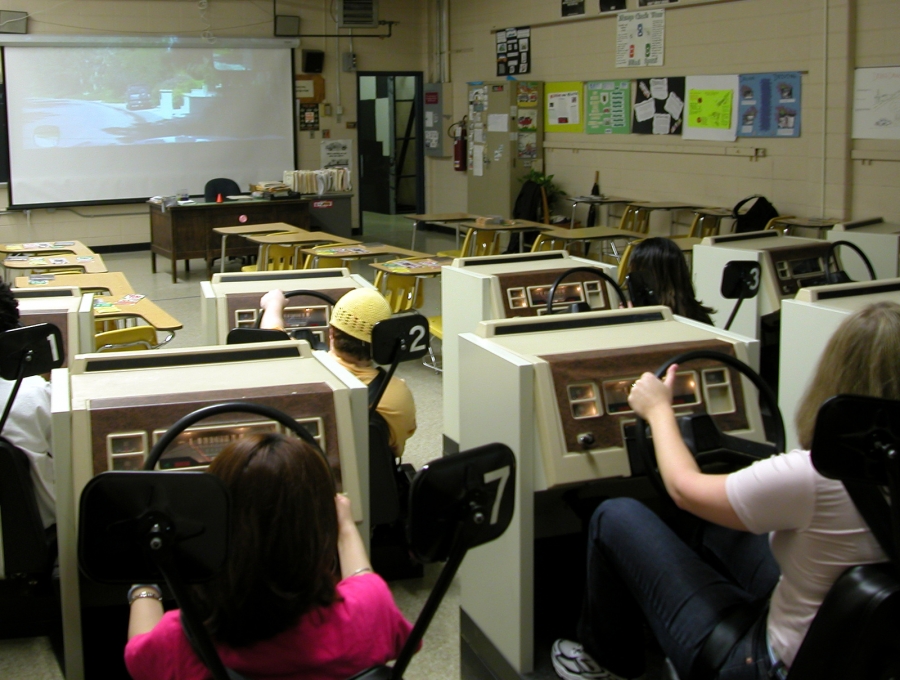Exploring Instruction Time for Driver’s Education Course in Bemidji
Introduction:
Driver’s education plays a crucial role in equipping young individuals with the necessary knowledge and skills to become responsible and safe drivers. One key aspect of any driver’s education program is the amount of instruction time provided to students. In this article, we will delve into the driver’s education course in Bemidji and explore how much instruction time each student typically receives.
Understanding the Importance of Instruction Time: Instruction time is an essential factor in determining the effectiveness of a driver’s education course. Sufficient instruction time allows students to grasp fundamental concepts, learn essential skills, and practice them under guidance. The more time students spend in the classroom and behind the wheel, the better prepared they are to navigate the complexities of driving and make sound decisions on the road.

Driver’s Education in Bemidji: Bemidji, a vibrant city located in northern Minnesota, recognizes the significance of comprehensive driver’s education. The specific instruction time for driver’s education can vary depending on the program or school providing the course. However, there are general guidelines and requirements that aim to ensure a consistent and thorough learning experience for students.
Minnesota State Requirements: In Minnesota, the Department of Public Safety sets the minimum requirements for driver’s education courses. According to state regulations, a driver’s education program must consist of a minimum of 30 hours of classroom instruction and a minimum of six hours of behind-the-wheel training.
Bemidji Area Schools Driver’s Education Program: One notable provider of driver’s education in Bemidji is the Bemidji Area Schools. Their driver’s education program adheres to the state’s minimum requirements while also offering additional educational components.
Classroom Instruction: The classroom portion of Bemidji Area Schools’ driver’s education program typically spans over several weeks. Students are expected to attend approximately 30 hours of classroom instruction, covering topics such as traffic laws, road signs, defensive driving techniques, and the effects of alcohol and drugs on driving.
Behind-the-Wheel Training: In addition to the classroom instruction, students enrolled in Bemidji Area Schools’ program receive six hours of behind-the-wheel training. This practical component allows students to apply what they have learned in the classroom and gain hands-on experience in real-world driving situations. Experienced instructors guide students through various driving maneuvers, road conditions, and traffic scenarios.
Supplemental Resources: To enhance the learning experience, Bemidji Area Schools may also provide supplemental resources such as driving simulators, guest speakers, and interactive exercises. These additional resources further reinforce the knowledge and skills gained during classroom instruction and behind-the-wheel training.
Conclusion:
Driver’s education is a vital step in preparing young individuals for a lifetime of safe and responsible driving. In Bemidji, the driver’s education program offered by Bemidji Area Schools adheres to the Minnesota state requirements, providing students with 30 hours of classroom instruction and six hours of behind-the-wheel training. By dedicating adequate instruction time to both theoretical and practical aspects, Bemidji aims to equip its students with the knowledge and skills necessary to become competent and confident drivers.

It’s important to note that while this article provides an overview of the typical instruction time for driver’s education in Bemidji, the exact details may vary between different programs or schools. For more precise information, interested individuals are encouraged to reach out to the specific driver’s education providers in the area.

